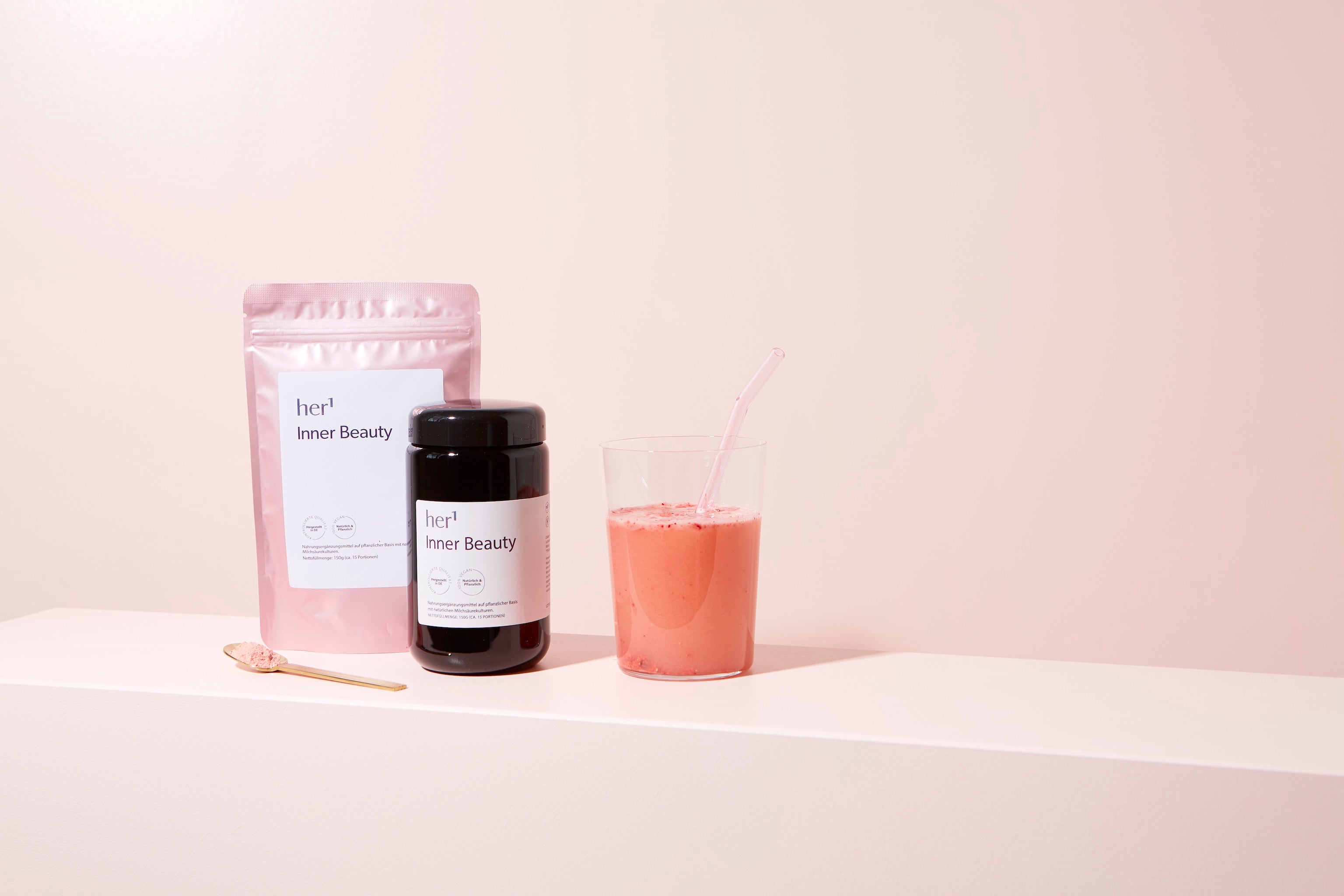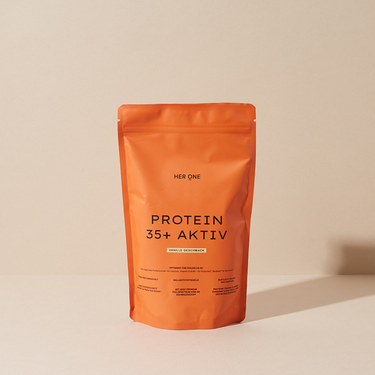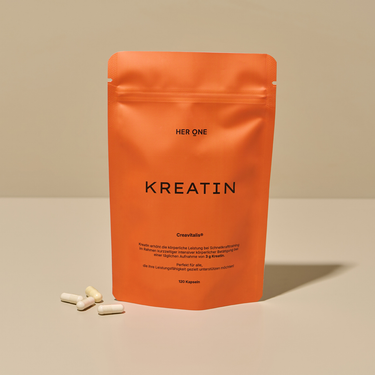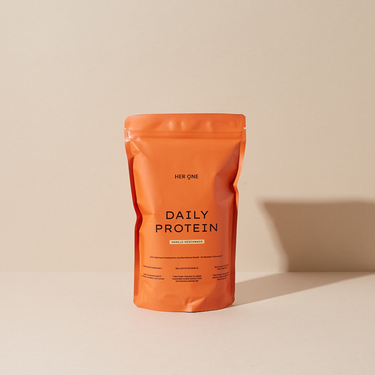from Züleyha Aydin
Our digestion: it starts with eating and ends on the toilet. However, most people are unaware of the path our food takes in between during the digestive process. Digestion influences many important aspects, such as health, skin appearance and well-being. It is therefore worth taking a closer look at and understanding the digestive process in order to provide targeted support for the Gut
Probiotics are a recognized and now popular solution for many digestive problems, as they build up and strengthen the intestinal flora. The German Society for Probiotic Medicine (DePROM) supports this statement after years of research. In this article, you can find out what role probiotics play in digestion and how they support the utilization of food.
Content:
- From the mouth to the stomach
- Carbohydrates vs. protein
- Chewing and drinking relieve the digestive system
- The amount of probiotic bacteria is crucial
- From the stomach to the small intestine
- Bile and pancreas
- The special feature of state-of-the-art probiotics
- Large intestine and intestinal flora
- At the end of the digestion process
1. from the mouth to the stomach
By definition, the digestive process begins with chewing in the mouth. Once the food has been broken down, it passes through the oesophagus into the stomach. The stomach is the first stop and can be seen as a small chemical factory made of muscle mass. In it, the food is rocked back and forth and squeezed.
Enzymes are also produced in the stomach which, together with stomach acid, help to break down proteins. Enzyme production is important because proteins are more difficult to digest than carbohydrates, for example. The digestive processes take place in the stomach until the food is divided into many small pieces that are smaller than 1 millimeter.
2. carbohydrates vs. protein
For carbohydrates, the whole process takes about half an hour to an hour. Proteins and fats, especially animal fats, take longer and require more stomach acid. Accordingly, it relaxes the stomach to consume vegan proteins or food in a chopped form, for example as a powder or smoothie.
Only when the food is small enough can it pass through the stomach gate. The ring-shaped muscle only allows chopped up pieces to pass through so that the rest of the digestion can continue comfortably.
3. chewing and drinking relieve the digestive system
If you chew well and drink plenty of water, your digestion is relieved as less stomach acid, i.e. hydrochloric acid, has to be used. Drinking smoothies and eating soft foods have the same positive effect. Hydrochloric acid is very aggressive, but as mentioned, it is needed to break down food.
Another important function of stomach acid is to kill bacteria. The strong acid renders unwanted bacteria harmless, but also does not stop at "good" bacteria, which are absorbed through a natural, balanced diet. Only around 25% of probiotic bacteria make it through the corrosive stomach environment intact. This may not sound like much, but it makes a huge difference to the intestinal tract later on.
4. the amount of probiotic bacteria is crucial
Products with "good" bacteria are scientifically divided into "highly effective state-of-the-art probiotics" and lifestyle products, such as yoghurts. The amount of probiotic bacteria contained in a yoghurt is barely sufficient to survive the passage through the stomach.
In contrast, state-of-the-art probiotics, i.e. preparations that are manufactured according to the latest scientific standards, contain a much higher quantity of "good" bacteria, which means that sufficient quantities of bacteria are still available after the passage through the stomach. In addition, the bacteria in a state-of-the-art probiotic are still in the growth phase, which is of great importance later on.
5. from the stomach to the small intestine
On average, the stomach needs 4 hours until everything is small enough and it is empty again. During this period, the stomach needs clear rest phases: It can be drunk, but full meals should not be eaten, as otherwise the stomach can become overloaded and over-acidify.
When all the food particles are about 1 millimeter in size, they are transported into the duodenum. This is the name given to the initial part of the small intestine. The entire small intestine is 6 meters long. However, many important steps already take place in the 12-finger-long beginning. This is important in order to further break down the food to molecular size and neutralize the stomach acid. The pancreas and gallbladder help with this.
6. bile and pancreas
The bile supplied by the gallbladder is dark yellow and contains salts that help with fat utilization, as fats are more difficult for us to absorb. Salts surround these fats and make them digestible. Vitamins and minerals do not have to be broken down.
The pancreas releases what is known as pancreatic fluid. A fluid that looks like water and contains enzymes. The pancreas makes the food pulp more fluid and better broken down. In addition, stomach acid residues are neutralized, which is important as the acid would damage the small intestine.
7 The special nature of state-of-the-art probiotics
Neutralizing the stomach acid is also good for the probiotics: the bacteria that have survived the stomach passage can recover and continue to pass through the digestive system in good health. This is where the special feature of state-of-the-art probiotics comes into play. The bacteria are in the growth phase, which means that they continue to develop and multiply in the cozy intestinal environment.
8. large intestine and intestinal flora
After the small intestine, the indigestible rest of the food ends up in the large intestine. The large intestine has a length of around 1.5 meters, together with the 15-20 centimetre long rectum. 100 trillion bacteria that live in the large intestine digest the last bits of food, such as plant fibres from cereals, vegetables, fruit and dietary fiber. The community of bacteria and microorganisms in the Gut is called the intestinal flora.
People with irritable bowel syndrome often have a disturbed intestinal flora that is colonized by different or too few bacteria than that of healthy people. Probiotics can help with such health complaints by modifying the intestinal flora so that it resembles the flora of healthy people.
9. at the end of the digestion process
The trillions of bacterial cultures live on the food residues in the large intestine and change the color of the food pulp from greenish-yellow to brown. When the last bits of food have been decomposed by the microorganisms and enough water has been removed, what remains can be excreted. This whole process can take 20 to 30 hours - depending on how balanced and healthy your diet is and how much the intestinal flora is supported by the microorganisms.
Even if we often think of illnesses when we hear the word "bacteria", we need to be clear: We need our gut bacteria. A balanced mix is important for our health and protects against intruders, as these can be rendered harmless, and strengthens the immune system. The greater the variety of bacteria, the greater the positive effect.
Inner Beauty - with 25 billion viable, natural lactic acid bacteria
Suitable for:
✅ Vegetarian/vegan
✅ Pregnant/breastfeeding women
✅ Free of allergens (lactose, gluten, nuts)
Sources:
-
From the stomach to the large intestine (2016). [TV program], ARD-alpha, 14.12.2016 (14:51).
-
Gießelmann, Kathrin: Probiotics: Not always beneficial. Dtsch Arztebl 2019; 116(33-34): A-1484 / B-1225 / C-1206.
-
Nagel, Geraldine: Probiotika. Online unter: <https://www.onmeda.de/ernaehrung/probiotika.html> (Stand: 12.02.2020).








